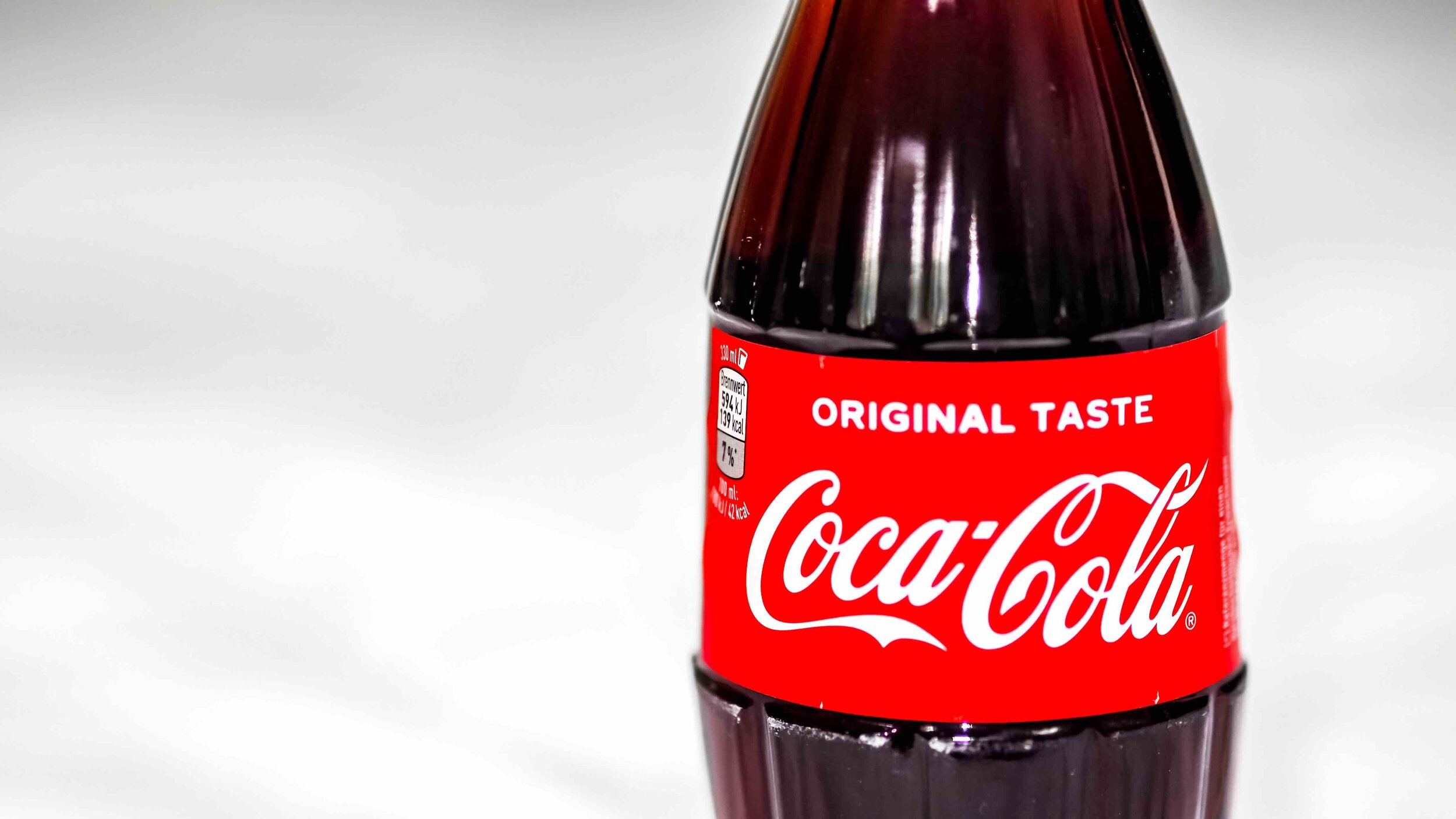PET or PETE (polyethylene terephthalate) is the most common plastic for single-use bottled beverages. It’s inexpensive, lightweight, and easy to recycle. This plastic is in high demand but still only gets recycled about 20% of the time.
Found in: Soft drinks, water, ketchup, and beer bottles; mouthwash bottles; peanut butter containers; salad dressing and vegetable oil containers
How to recycle it: PET or PETE can be picked up through most curbside recycling programs as long as it's been emptied and rinsed of any food. There's no need to remove bottle labels because the recycling process separates them. The caps are usually made of a different type of plastic so it’s best to dispose of these in the trash. If you already feel a guttural reaction to throwing the cap away in the trash, then stop purchasing these materials.
Recycled into: Polar fleece, fiber, tote bags, furniture, carpet, paneling, straps, bottles and food containers (as long as the plastic being recycled meets purity standards and doesn't have hazardous contaminants)
#2
HDPE









